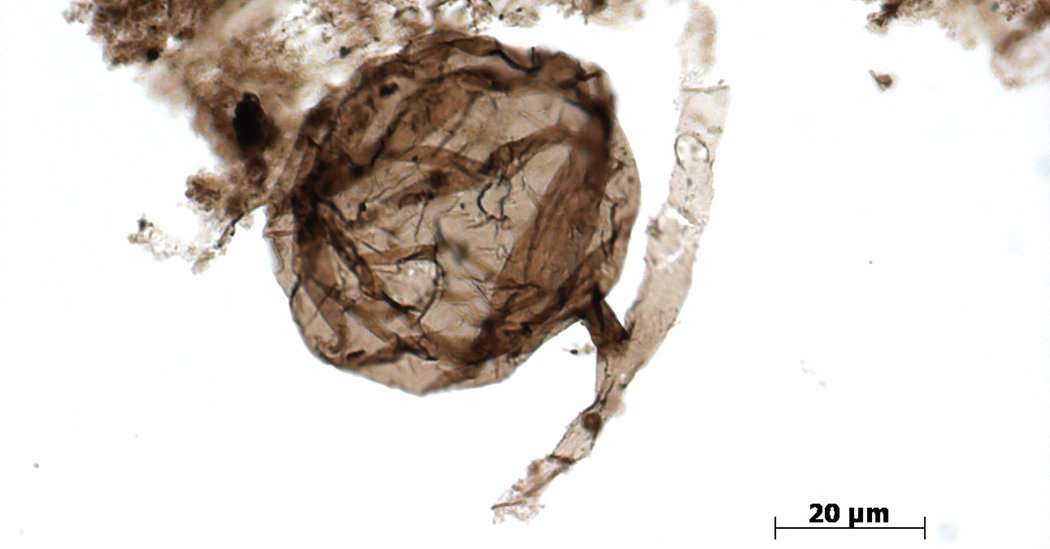Almost A Billion-Years-Old New Fungus Discovered Which Might Redefine Evolutionary Timeline
Tags: News

Researchers have come across the fossils of fungus which has been dated to be almost a billion-years-old! This makes it practically two times older than any fungi specimen ever found.
The specimen called the Ourasphaira giraldae was discovered in a place called the Grassy Bay Formation situated in the Canadian Arctic. The team was headed by Corentin Loron, who is a student pursuing his Ph.D. at Université de Liège. The team recognized the main fungal properties in tiny micrometer-scale fossils gathered from uncharted shale.
This major scientific finding was declared in the scientific daily Nature on Wednesday. It also suggests that other organism of eukaryotic variety might have also co-existed at the same period of time.
As per Loron, fungi happen to be the most nearby kin to other animals. This discovery can truly change the perception of our planet today. Because the two species, in addition to other eukaryotic sets, still exist today.
He also states that our very distant past might just have been a lot more ‘modern’, contrary to popular belief.
Before this discovery, fungi fossils found in the Rhynie Chert were the oldest fungi fossils known to us. The fossils at this Scottish site date back to about 400 million years. Researchers have also found probable fossils which predate the Cambrian explosion, implying a sudden surge of the existence of complex organism, happening 540 million years ago. However, those samples are not being considered as decisive proof of being Precambrian fungi.
As per Loron, in addition to his fellow colleagues, the Giraldae microfossils certainly are from the family of fungi.
The research team devoted a year inspecting the microfossils using precision-imaging technologies. They used Raman microspectroscopy and electron microscopy. The methods showed the generic two-layered cell structure which is commonly related to the fungi family. The research also recognized the oldest known fossil proof of chitin, which is a fibrous material existing in the cell walls of fungi.
Loron also said that there aren’t any other Precambrian fossils which display a morphology of this kind. These new microfossils can be used to calculate and calibrate new time models. Which will then be used to define a more accurate timeline of the inception of the Kingdom Fungi.
Over 5000 people have downloaded our free ebook “Growth Hacking Tips And Rituals For Optimal Living” CLICK HERE to get your free copy now
It is going to prove very useful to people that are keen on studying the advent of intricate life-forms on our planet.
The Fungi family play a vital part as the main decomposers of organic matter. This process enriches the ecosystems around it with the necessary nutrients required to sustain a newer life. The existence of these fungi on our planet a billion years ago is suggestive of the fact that the environment and life forms were a lot more intricate than we thought of earlier.
Loron also says that fungi constitute the most varied collection of known eukaryotes. But interestingly enough, there is sparse ancient fossil evidence to truly put substantial research on this subject. Loron hopes that the discovery would encourage scientists to study these organisms further.
Image credit: C.C.Loron, University of Liège
Leave Comment: